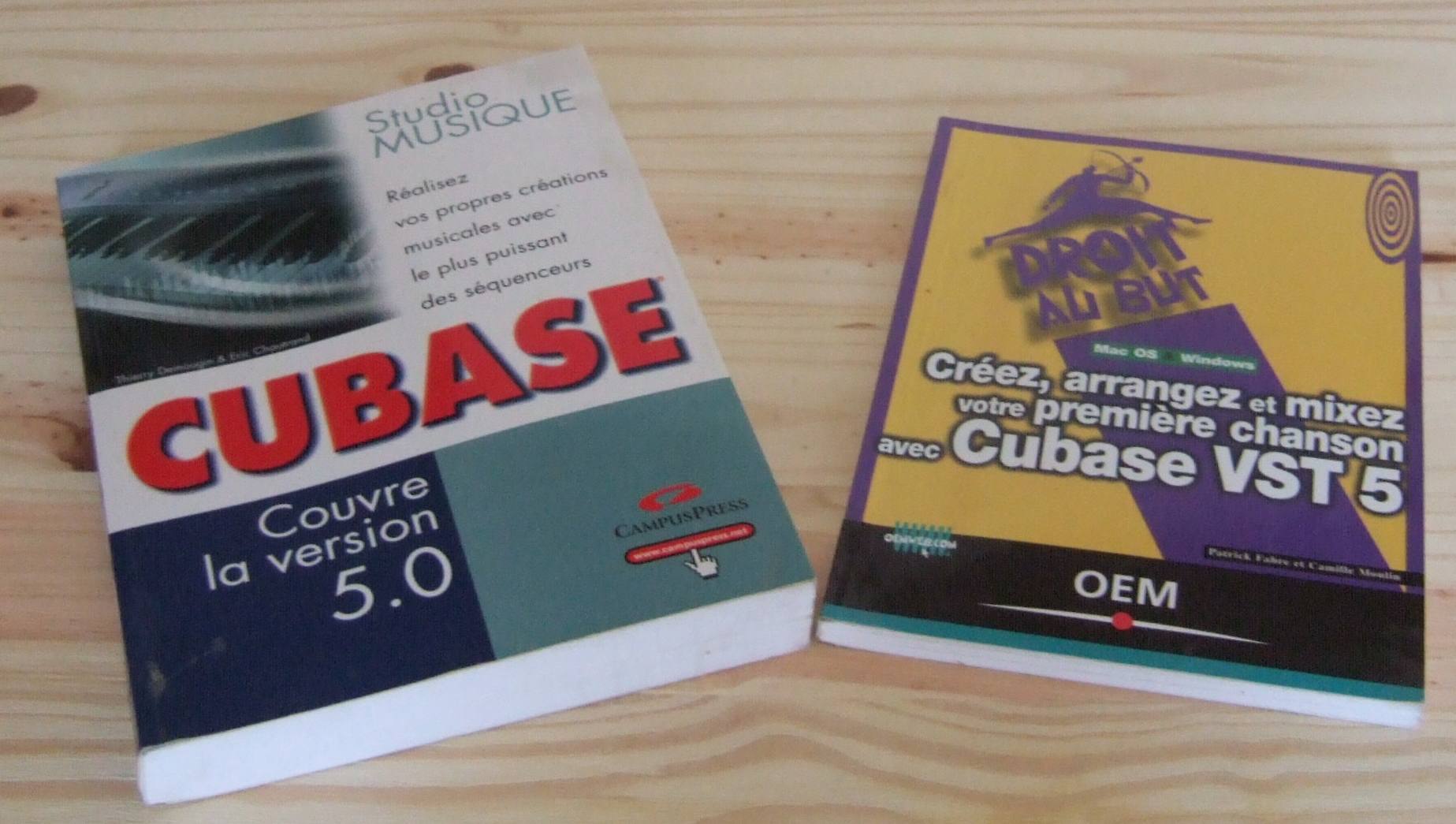
I set each track to carry input and output data to/from my external Focusrite interface and all the voices from the Yamaha keyboard are reproduced just as they were recorded on the keyboard.
#CUBASE SX FOR CODE#
Looking in the List Editor it shows the numeric code for the Yamaha voice for each track and then all relevant MIDI data. Cubase recognises all the data, track by track. The way I work is that I record the multi-track session (containing my many mistakes) on the SX900 and transfer the whole “song” onto a USB stick and then import that data as a MIDI file into Cubase (Pro 11).

I’m fairly new to all of this so I hope I describe things properly.

I have, of course approached Yamaha about this several times, but they tell me to “Talk to” Steinberg!Īny help or pointers anyone could give me would be very much appreciated. Pre-sales advice from Yamaha indicates a complete synergy between Cubase and Yamaha (I understand Steinberg and Yamaha work closely together) but, as it stands, it’s not working for me and I suspect this is because of lack of knowledge on my part. The voices on the Yamaha really are something special, so that’s I am particularly keen to do things this way. I am pretty new to all of this and although I have found your online tutorials extremely helpful, it seems as though few people like to play/compose music as a rough multi-track “performance” on a keyboard, as I do, and then drop it into Cubase for (in my case, a lot of) tidying-up, individual track processing, mixing and mastering. For example, once I have got a track as I want it (and editing, amending is so much easier in Cubase than on the Yamaha keyboard), I can’t render it in place as an audio track and therefore add processing or control it in the mix in the usual way. Transferring the midi data into Cubase works well, but, after that, few standard Cubase manipulations seem to work.
#CUBASE SX FOR PRO#
“We are very proud as a small Munich software house to be granted such a notable international recognition for our work,” said Neubäcker, receiving the award together with his three partners in Los Angeles.I would like to ask a question about using a Yamaha PSR-SX900 keyboard directly with Cubase Pro 11. He also thanked the Recording Academy, the Celemony team, the company’s many friends and, of course, all the users of the software Melodyne. In his acceptance speech, Peter Neubäcker alluded to his philosophical and mathematical background, explained his own, singular vision of music, and described the beginnings and the spirit of the company. After all, Celemony has blazed open a radically new avenue of access to musical editing that for ten years now has made it impossible to imagine music production without it.

Host and Grammy manager James McKinney opened with the legendary question posed long ago by Melodyne inventor Peter Neubäcker: “What does a stone sound like?” A truly philosophical approach to the world of sound technology, far away from the purely technical thought-processes that typically prevail in the industry, and yet it is for precisely that reason Celemony was chosen to receive this year’s Technical Grammy. The first of the Special Merit Awards to be presented went to the Munich software house Celemony. And perhaps also the strangest,” commented Melodyne inventor Peter Neubäcker.

I believe our company is the smallest ever to have received a Technical Grammy. “This is an honor none of us ever expected. The highest award in the music business is given in recognition of “contributions of outstanding technical significance to the recording field” and is equivalent to an Oscar in the film industry. On February 12, 2012, we have been honored by the Recording Academy as the first German software manufacturer with a Technical Grammy.


 0 kommentar(er)
0 kommentar(er)
